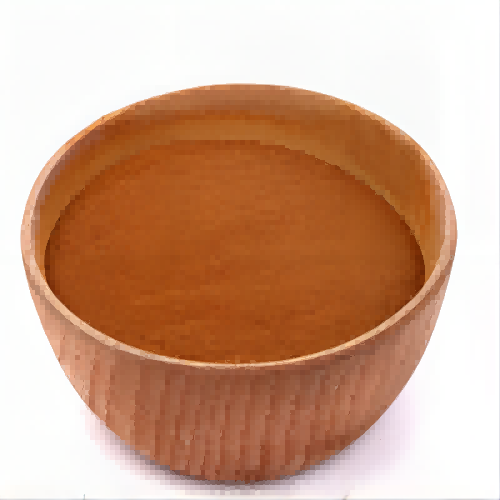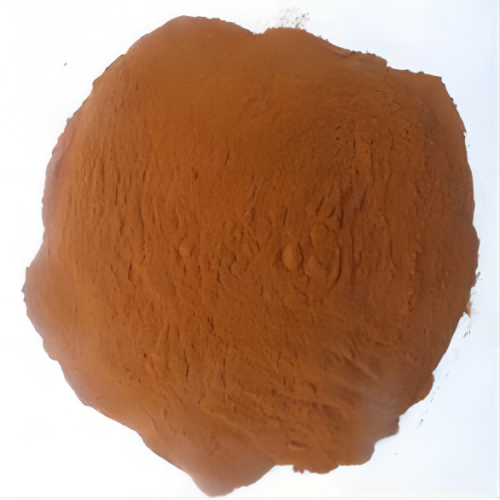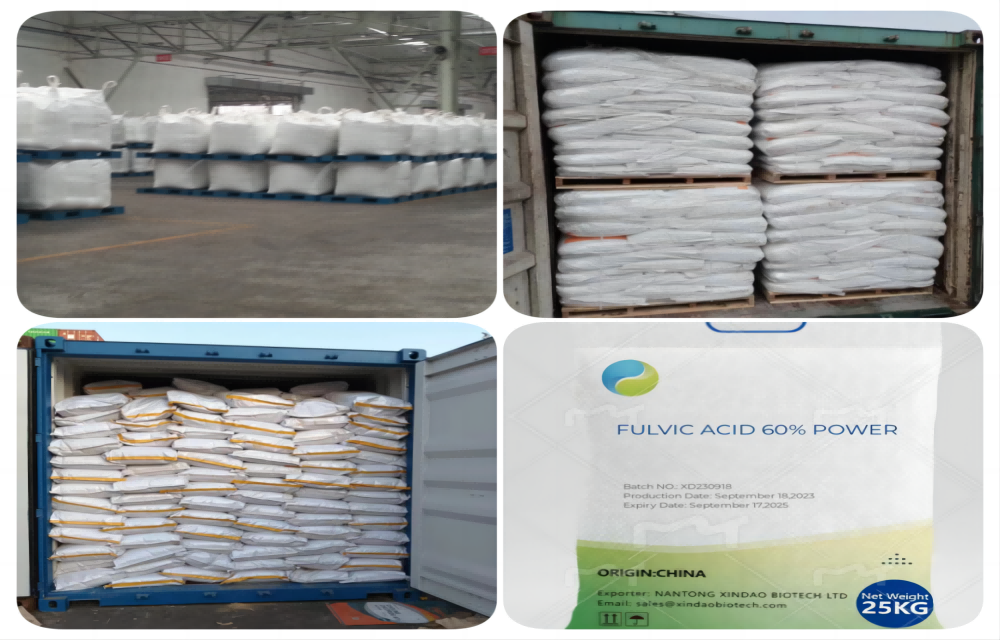Application and Effect
Fulvic Acid 60% as plant biostimulants is mainly produced by biodegradation of lignin containing plant organic matter[14]. Fulvic acids that are always in solution, especially at the pH of productive agricultural soils, also contribute towards cation exchange capacity of the soil[14, 15]. Due to the solubility of fulvic acids in water and the fact that it can be easily leached out, it is usually only present in very low concentrations[0.2-1% w/v] in leonardite, peat, and compost etc, sources. Therefore some companies will dry fulvic acids to a powder[14]. Fulvic acid as an organic fertilizer, is a non-toxic mineral-chelating additive and water binder that maximizes uptake through leaves and stimulates plant productivity[14].Fulvic acid is an organic and natural electrolyte. It has exhibited the ability to enhance the availability and adsorption of nutrients.Product Sample


Product Packing:

Additional Information:
| Composition | C14H12O8 |
| Assay | 60% |
| Appearance | Yellow Brown Powder |
| CAS No. | 479-66-3 |
| Packing | 25KG 1000KG |
| Shelf Life | 2 years |
| Storage | Store in cool and dry area |
| Certification | ISO. |
